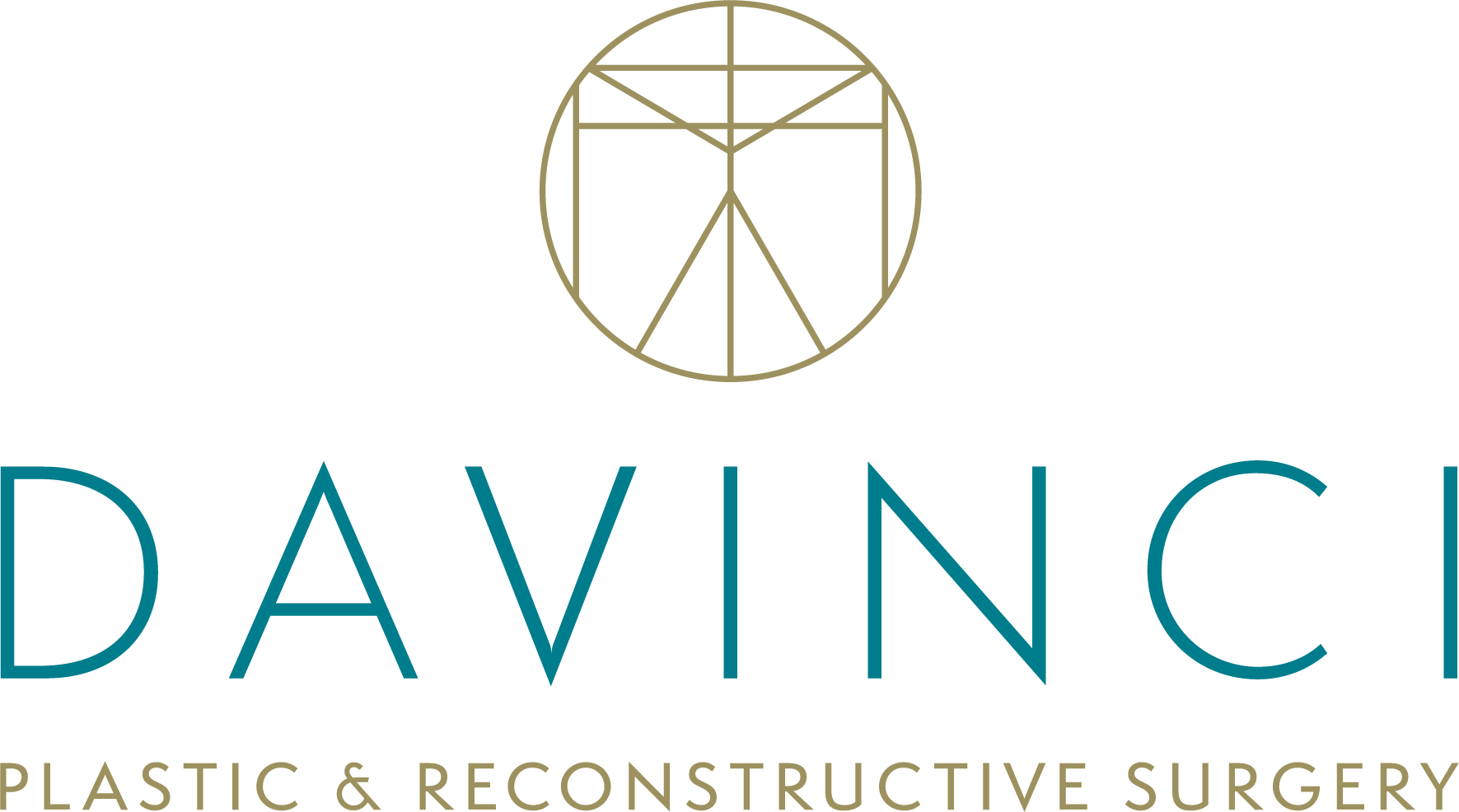Surgical Drain Care After Plastic Surgery

When you get plastic surgery, one of the things you may deal with during your recovery is one or more surgical drains. Below, we discuss everything you need to know about caring for your surgical drains as you recover from plastic surgery.
4 Min Read:
Recuperating from any surgery is a crucial and delicate process. When you get plastic surgery, one of the things you may deal with during your recovery is one or more surgical drains. While it may seem daunting, caring for surgical drains isn’t difficult, and they play a significant role in ensuring that you heal quickly and effectively after your procedure. Below, we discuss everything you need to know about caring for your surgical drains as you recover from plastic surgery.
What Is a Surgical Drain?
A surgical drain is a flexible rubber tube with one end inserted into its own incision near your surgical incision. The other end of the drain empties into a small bulb, which you will empty a couple of times a day. Drains remove excess fluid from your surgical site after specific plastic surgery procedures. There is too much fluid for your body to absorb, and without a drain, it would accumulate and prevent your wound from healing correctly. By giving the excess fluid a way to exit your body, surgical drains help minimize the risk of complications like seromas (fluid buildup under the skin).
What Types of Plastic Surgeries Use Drains?
Surgical drains are used after procedures that involve skin and tissue removal. Depending on the type of plastic surgery, you may have one or more drains placed after your procedure. For example, a tummy tuck usually requires two drains, one on each side of the body, while an upper body lift will likely require more than that.
How Do I Care For My Surgical Drain After Plastic Surgery?
As the fluid accumulates in the drain, you will need to empty it periodically. Before emptying the drain, note how much fluid is in it by looking at the measurement marks on the side of the bulb. Your surgeon will have you keep a log of the amount of fluid drained each day so that they know how well the healing is progressing and when they can remove the drain. At the top of the bulb is a seal that you can pull out (just like you would on an inflatable pool toy), and you can empty the fluid completely by squeezing the bulb. When all the fluid is out of the bulb, keep it pressed flat and close the seal. Keeping the bulb flat creates a bit of suction to help pull more excess fluid from your body.
What Do I Do if My Surgical Drain Gets Clogged?
The drain is secured into the incision with sutures, which helps to keep it stabilized and in place. There shouldn’t be any leaks from the incision site, but even if there’s just a small amount of seepage, it’s not a cause for concern. If the bulb end of the drain leaks, you likely didn’t replace the seal firmly enough.
You can use a safety pin to carefully attach it to your clothes to keep the drain from getting in your way or pulling at the incision site.
If you notice that your drain bulb isn’t filling up or can see fluid accumulating in the tube, you may have a clog in your surgical drain. To unclog the drain, follow these steps:
- After washing your hands, use one hand to pinch the tubing at the incision site.
- With your other hand, use your thumb and forefinger to pinch the tube just under where you’re holding it, and, using firm pressure, slowly push your pinched fingers down the tube.
- When you reach the bulb end of the tube, stop and repeat the process as often as needed until the blockage is cleared.
When Can I Get My Surgical Drain Removed?
Just like the number of surgical drains you have is influenced by what plastic surgery you had, removal of the drains works the same way. The general rule is that you can remove your surgical drains when the fluid accumulation is no more than 30cc (about two tablespoons) per day for two days. In the case of multiple drains, you may get one removed after a week, and the others removed later. In most cases, you won’t have your surgical drains in for more than two weeks, though more extensive surgeries may require a longer duration.
Once you remove your surgical drains, your surgeon will put a bandage over the small incision where the tube was inserted, and you’re ready to go on your way.
Want to Learn More About Plastic Surgery in Washington, D.C.?
Whether you need a breast reduction or a Mommy Makeover, the expert surgeons at DAVinci Plastic Surgery will leave you looking gorgeous. If you’re ready to explore what cosmetic procedures might benefit you, call our office today at 202-966-9590 to schedule a consultation or complete the online contact form.






